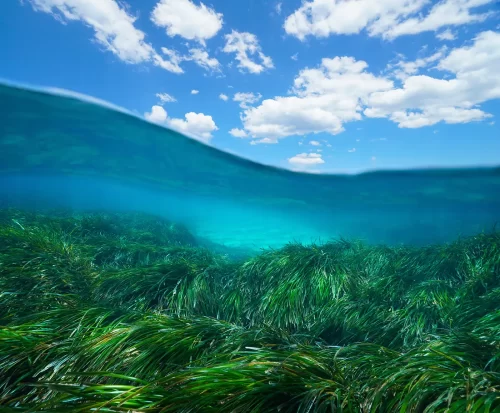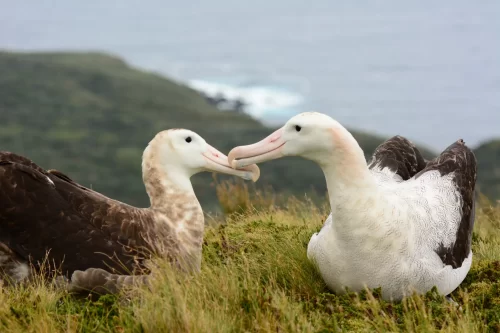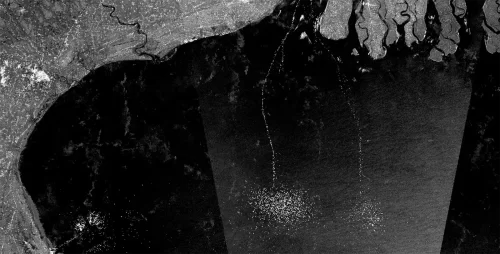
© DVIDS
The Issue
After years of civil war and unrest in both Somalia and Yemen, the waters of these two countries are vulnerable to illegal fishing. Capacity for monitoring, surveillance and enforcement is severely constrained in this corner of the northwest Indian Ocean. And although Somalia has made significant progress in addressing piracy and improving fisheries governance in recent years, food and maritime security remain a concern. Past reports have suggested that illegal fishing was widespread, but the extent of the problem was never fully known.
Our Work
With our partners at TM-Tracking, we analyzed automatic identification system, or AIS, data of vessels operating in Somali and Yemeni exclusive economic zones. While originally used as a collision-avoidance system, AIS allows us to monitor a vessel’s movements and behaviors at sea.
In 2020, we produced a joint fisheries intelligence report with TM-Tracking which exposed almost 200 Iranian vessels operating in Somali and Yemeni waters and the adjacent high seas, representing one of the world’s largest illegal fishing operations. A smaller number of Indian-, Pakistani- and Sri Lankan-flagged vessels were also fishing in the same areas.

The Federal Government of Somalia confirmed that none of the foreign vessels identified were authorized to fish in its waters. At its request, we also examined the satellite optical imagery, which revealed vessels that were not using AIS, leading us to assume that the total number of illegal fishing vessels operating in this area may have been considerably higher.
Many of the vessels from Iran and Pakistan use vast drifting gillnets to catch tuna and other pelagic fish. These can entangle protected species like sharks, turtles and manta rays—nets more than 2.5 kilometers long have been banned on the high seas, including in the Indian Ocean.
As a result of our report, the Indian Ocean Tuna Commission—the regional fisheries management organization responsible for this area of water—issued Iran with a formal warning. And to date, the government of Somalia, the Food and Agriculture Organization of the United Nations, and the World Bank are leveraging our data to strengthen international support and hold relevant flag states accountable for enforcing regulations.
We are hopeful that greater transparency will help improve enforcement of fishing regulations and strengthen regional cooperation to tackle illegal fishing—both in this region and globally.

